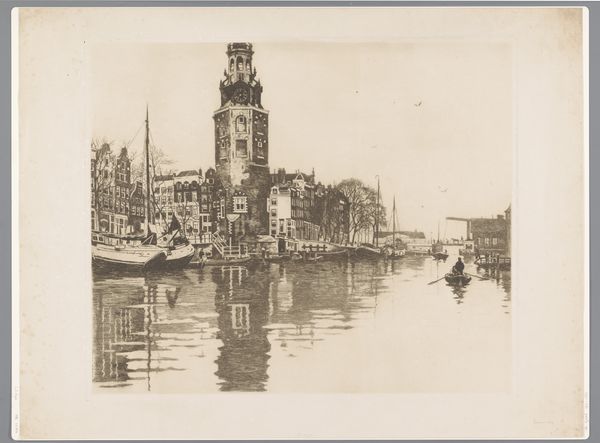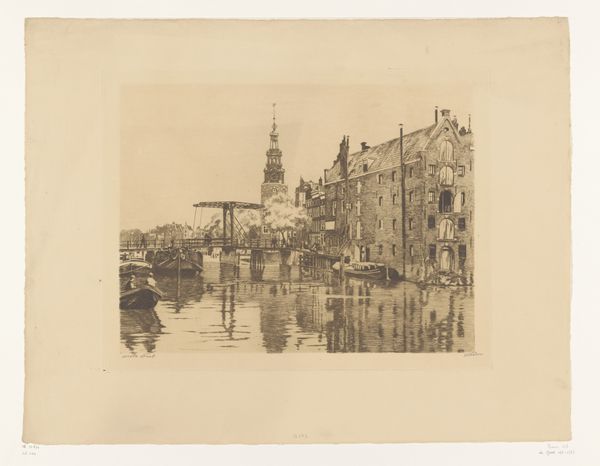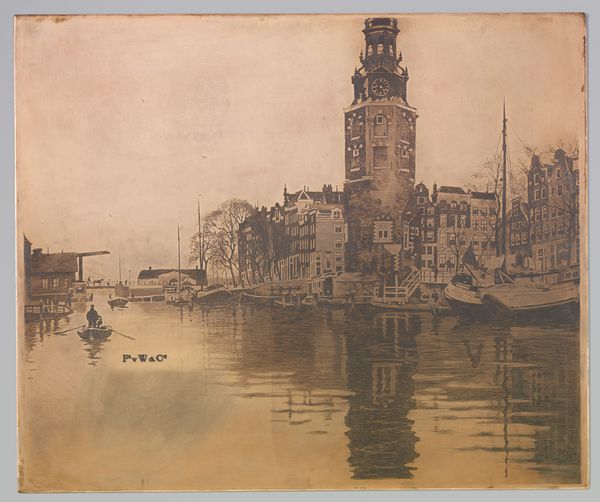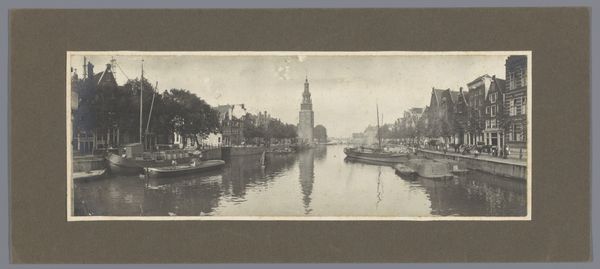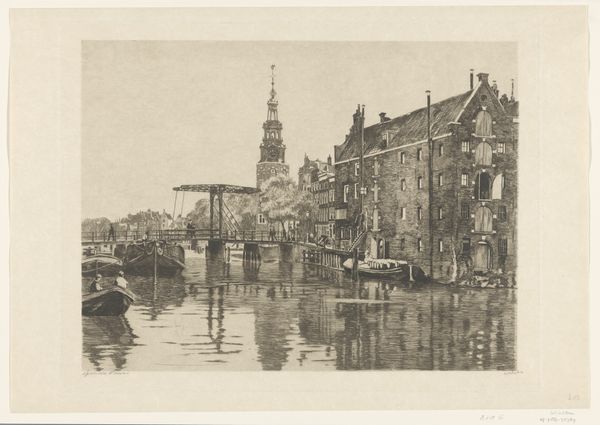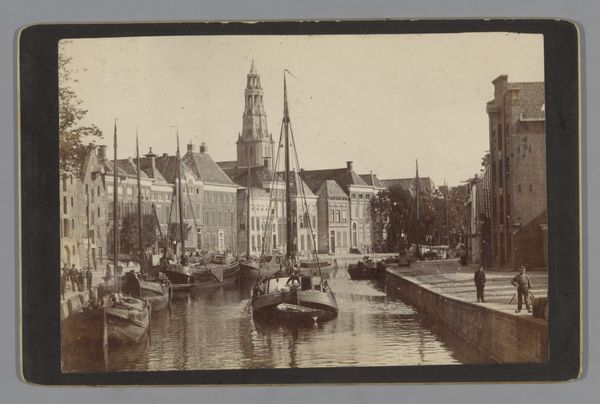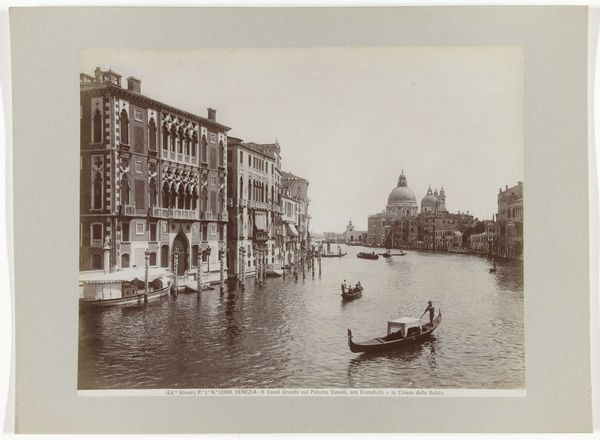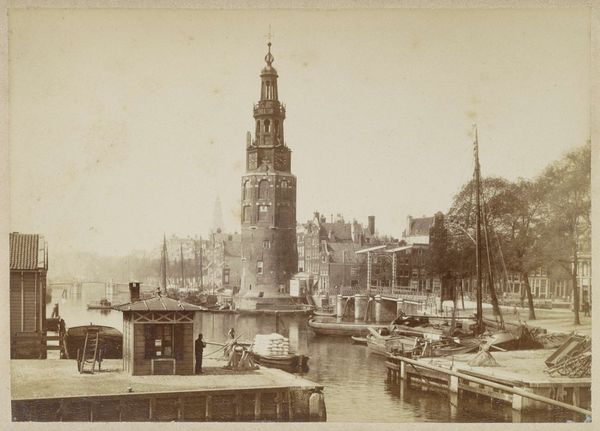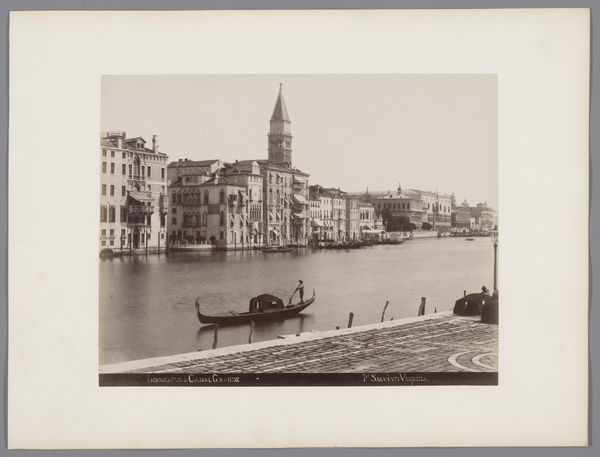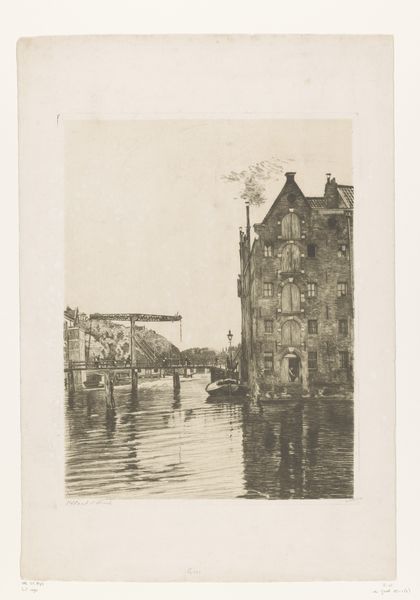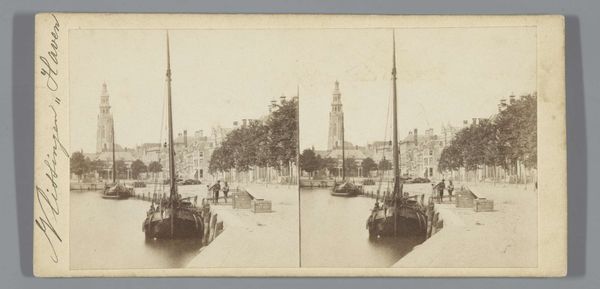
drawing, print, etching
#
pencil drawn
#
drawing
#
natural shape and form
#
dutch-golden-age
# print
#
etching
#
pencil sketch
#
landscape
#
cityscape
#
pencil art
#
watercolor
#
realism
Dimensions: height 500 mm, width 598 mm
Copyright: Rijks Museum: Open Domain
Curator: Willem Witsen's etching, "Gezicht op de Montelbaanstoren in Amsterdam," created around 1913-1914, offers a glimpse into the city's waterside life. Editor: It feels incredibly serene. The soft greys and browns, combined with the water reflections, create this peaceful stillness despite being a cityscape. Curator: Witsen was part of a group called the Amsterdam Impressionists. They focused on capturing everyday life and the atmosphere of the city, and his interest lay in how social and cultural perceptions shaped Dutch identity. The tower itself represents resilience, a historical marker witnessing centuries of transformation. Editor: Absolutely. The Montelbaanstoren is a powerful symbol. Historically, towers are so evocative – markers of time, boundaries, warnings. The etching reminds me of Piranesi’s architectural fantasies, only grounded in a tangible reality. Curator: Considering Amsterdam’s legacy as a global trading hub, the water in the image acts as a crucial artery—it is so vital to how the city’s economy functioned but it also mirrors society at a human level, reflecting their culture and life onto its surfaces. This location near the harbor can be interpreted as a space of encounters. Editor: I’m particularly drawn to the way Witsen uses light and shadow on the water. The reflection of the tower feels almost as solid as the structure itself. In contrast, the lone figure in the rowboat adds a layer of human scale. Curator: His placement highlights a certain urban experience in the age when modern advancements intersect with the older world; consider the position of the rower, for example. The reflection of the building casts a large shadow onto the man in the boat, perhaps a metaphor for how established societal standards loom over individual autonomy? Editor: That's an intriguing consideration. To me, that small boat signifies a lone observer drifting along; this image and its calm aesthetic can mean many things depending on who is experiencing the space. Curator: Well, regardless, what Witsen captured is more than just a picture—it’s a preserved memory imbued with intricate connections between identity and cultural memory. Editor: It is a wonderfully quiet meditation on the meeting of history, memory, and perception.
Comments
No comments
Be the first to comment and join the conversation on the ultimate creative platform.
